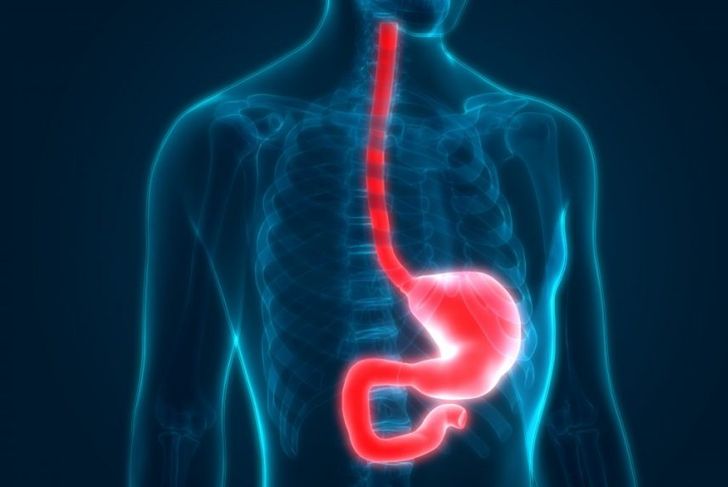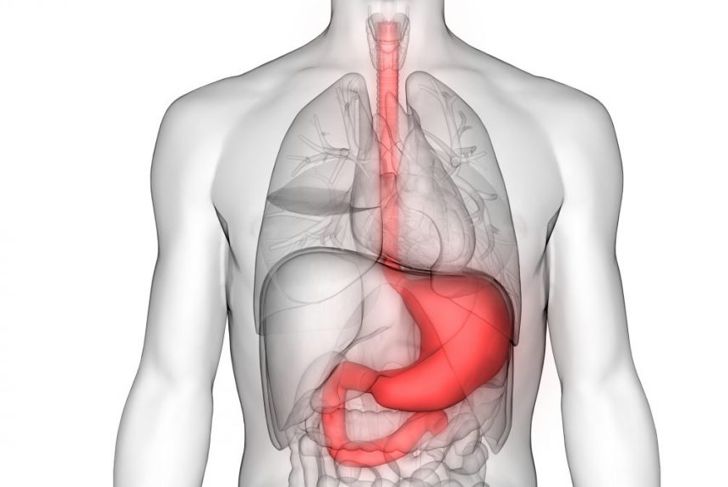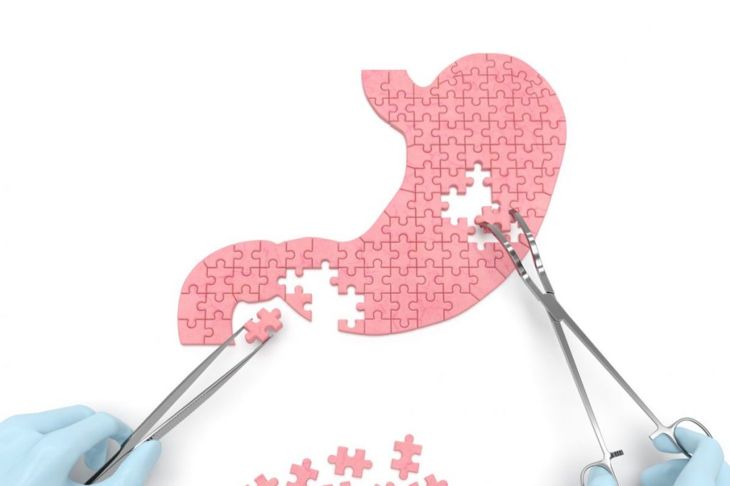Esophageal achalasia is a disorder that prevents foods and liquids from entering the stomach. The rare condition affects only one out of 100,000 people yearly. While any age group can develop esophageal achalasia, it is most common in people 25 to 60. Affecting both men and women equally, except in cases that appear to be genetic (in which case men are twice as likely to be affected as women), esophageal achalasia can cause a host of undesirable symptoms.
What is Esophageal Achalasia?
Esophageal achalasia is a dysfunction in the esophagus, the muscular tube whose sole responsibility is to effectively carry food and drink from the throat to the stomach. In people with the condition, peristalsis, wavelike muscular contractions of the esophagus, fail to occur. Therefore, substances are not transported down the body. The lower esophageal sphincter muscle also does not relax correctly, which allows bile from the stomach to come upward, creating an obstruction at the point where the esophagus meets the stomach, the gastroesophageal junction.
Causes of Esophageal Achalasia
Researchers are still exploring the causes of esophageal achalasia. Some clinicians believe it is an impairment of the autoimmune system, while others think it is a nervous system disorder that degrades nerves in the chest that affect peristaltic movements. Still others blame a genetic link, but evidence supporting that theory is lacking at this time. While the exact causes are still unknown, certain factors increase the likelihood of developing esophageal achalasia.
Factors that Increase Risk
Several factors can raise the risk of esophageal achalasia. People with spinal cord injuries, for instance, are at an increased risk, as are people with anorexia nervosa. Esophageal varices, enlarged veins inside the esophagus, also make developing the secondary condition more likely. Furthermore, the disorder may be hereditary, though more research will confirm or disprove this.
Symptoms of Esophageal Achalasia
The symptoms of esophageal achalasia usually develop slowly over time and can range from mild to severe. They include dysphagia, or difficulty starting to swallow and the feeling that food is getting stuck in the chest, heartburn, dry eyes and mouth, regurgitation due to the retention of ingested food and saliva in the esophagus, and chest pain. Those with the disorder often cough at night due to contents of the esophagus being pushed into the lungs while breathing, which can also lead to pneumonia and other respiratory afflictions. In combination with these symptoms, weight loss can also indicate esophageal achalasia.
Diagnosis of Esophageal Achalasia
A variety of laboratory tests can help doctors diagnose esophageal achalasia. Radiology or x-rays especially using barium — barium esophagography — can determine if the esophagus is functioning properly. Manometers, devices that measure fluid pressure within the esophagus, may also confirm the diagnosis. Endoscopy is another useful procedure; the doctor uses a scope to visually detect whether the esophagus is functioning correctly.
Available Therapies
Treatment for esophageal achalasia can take the form of a medicinal regime, various non-surgical procedures, and surgery. All of these therapies aim to remove esophageal obstructions, but an individual’s specific course of treatment depends on several factors. Surprisingly, a medicinal regime is typically NOT the first form of treatment prescribed.
Non-surgical Treatment of Esophageal Achalasia
Usually, the first therapy prescribed to alleviate symptoms of esophageal achalasia is a non-surgical procedure, pneumatic dilation, during which a doctor places an air-filled, cylindrical balloon over the lower esophageal sphincter. The balloon disrupts the muscle fibers and causes them to loosen. Pneumatic dilation has a very high success rate, with over 90% of patients reporting symptom alleviation.
Surgical Treatments
If pneumatic dilation is unsuccessful in lessening the symptoms of esophageal achalasia, the patient may require surgery. The most common surgical procedure is a laparoscopic surgical myotomy or Heller myotomy. People who have undergone this type of surgery report a satisfaction rate of over 90%. In this procedure, the exterior of the lower esophageal sphincter muscle is cut to loosen it, keeping the interior muscles intact. Loosening of the exterior muscle inhibits the constriction that prevents substances from passing through it. Then, to ensure stomach acid cannot flow back up, an additional procedure lays a portion of the stomach in front of the lower esophageal muscle. This ensures the esophagus closes whenever the stomach contracts.
Pharmacological Treatment
If neither pneumatic dilation nor surgical myotomy is appropriate, pharmacological options can alleviate the symptoms of esophageal achalasia. Medications typically include nitrates, which help relax the muscles, and calcium blockers, which reduce lower esophageal sphincter pressure and esophageal contractions. Doctors may also turn to a more aggressive treatment involving the injection of botulinum toxin into the system to cause a type of paralysis that relaxes the esophageal muscles. People who have received this type of treatment report symptom relief for around six months.
Living with Esophageal Achalasia
Unfortunately, there is no known cure for esophageal achalasia at this time. While considered a benign disorder, if left untreated it could lead to a complete shutdown of the esophagus. Further, there is a strong link between esophageal achalasia and esophageal cancer. With treatment options available, though, management of symptoms and regular health check-ups can help ensure people with the condition lead long and active lives.

 Home
Home Health
Health Diet & Nutrition
Diet & Nutrition Living Well
Living Well More
More




















